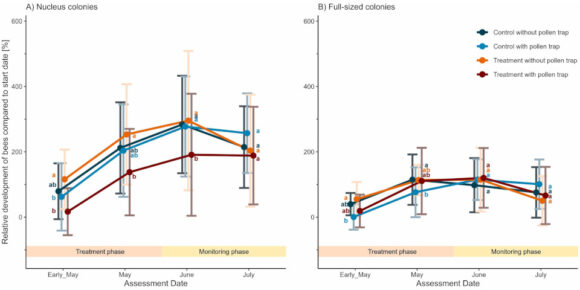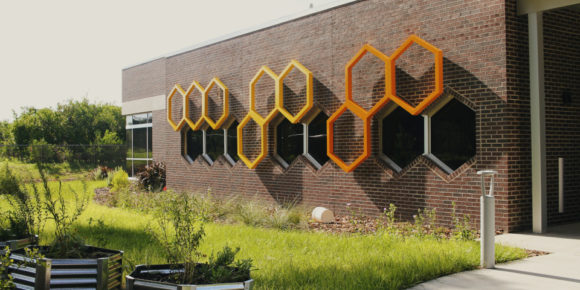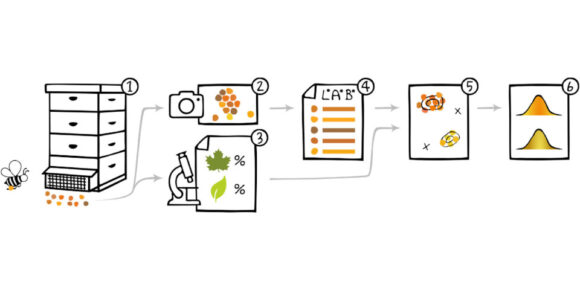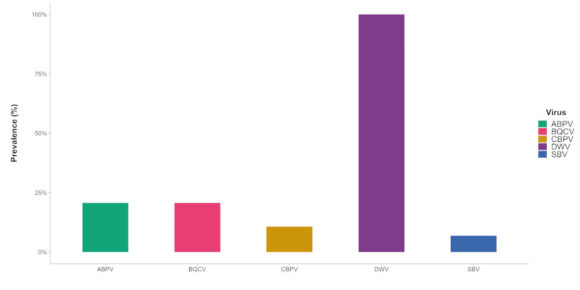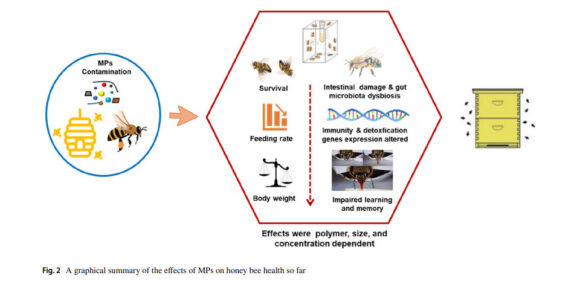Honey bee colonies can buffer short-term stressor effects of pollen restriction and fungicide exposure on colony development and the microbiome
Honey bees (Apis mellifera) have to withstand various environmental stressors alone or in combination in agriculture settings. Plant protection products are applied to achieve high crop yield, but residues of their active substances are frequently detected in bee matrices and could affect honey bee colonies. In addition, intensified agriculture could lead to resource limitation for…






